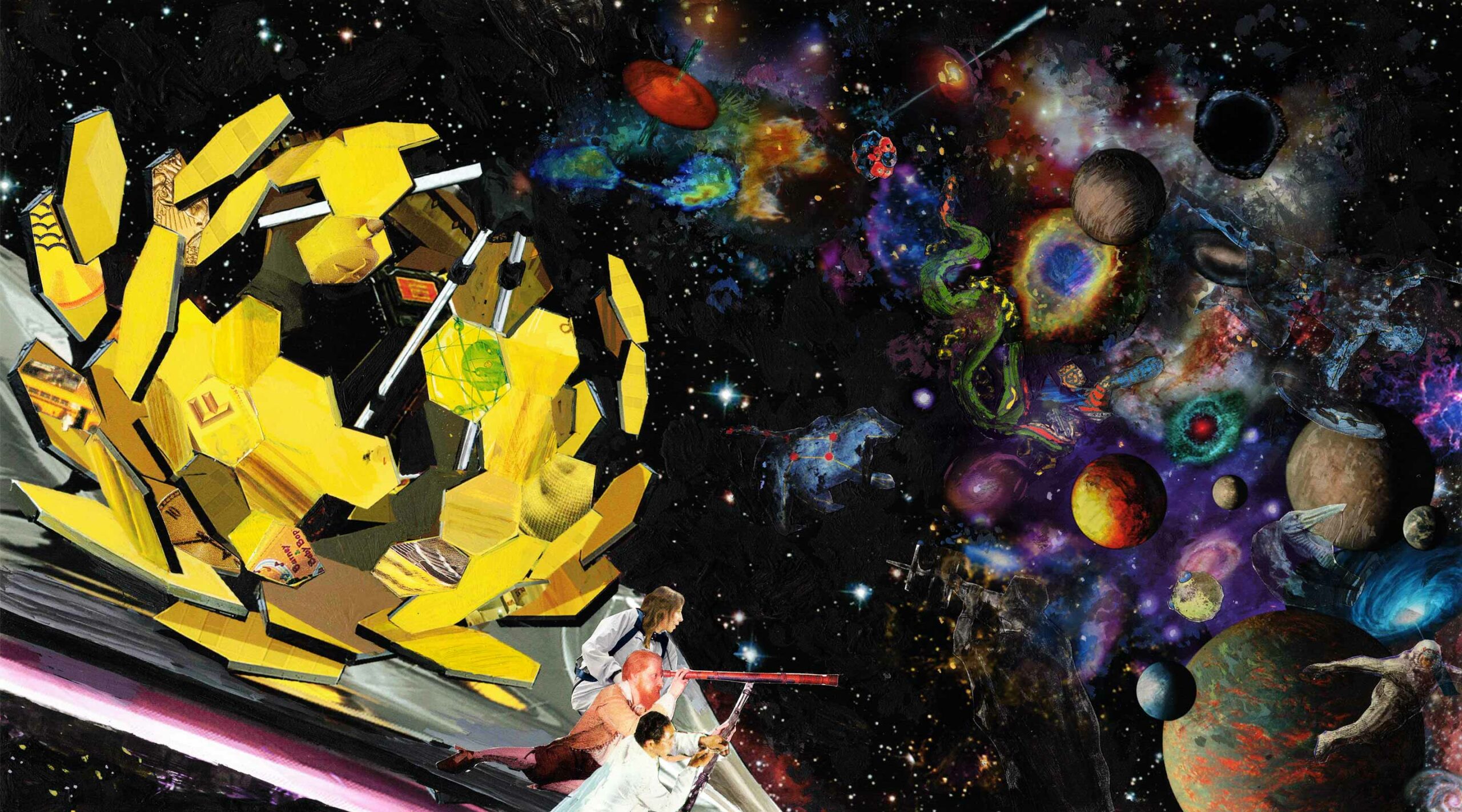Few concepts in theoretical physics have captured the interest of scientists and laypeople alike as profoundly as string theory has. This complex and mind-boggling idea reaches back into the fundamental nature of reality itself, calling our perceptions into question and prompting countless discussions around its origins, core principles, implications and perplexing questions about what makes up our universe. Let’s embark on an extraordinary adventure into its depths! In this article we will journey into its fascinating web; discussing its origins, core principles implications as well as any perplexing questions it poses about our universe!
String Theory’s Origins and Development
String theory first made its debut in the late 1960s as scientists sought a unifying theory that would reconcile general relativity and quantum mechanics. Let’s examine this revolutionary concept’s evolution over time.
1. Pre-String Theory Era
Before the emergence of string theory, physicists confronted the perplexing challenge of reconciling Einstein’s theory of general relativity with quantum mechanics. These two foundational pillars of modern physics appeared irreconcilable, prompting researchers to embark on the quest for a unifying theory.
2. The Origins of String Theory
In the early 1970s, Gabriele Veneziano’s breakthrough with the Euler beta function marked the inception of what would eventually develop into string theory.
To grasp the fundamentals, we must first understand the core concept—strings. These vibrating filaments are posited as the fundamental building blocks of our universe, diverging from the idea of point-like particles.
3. Particles Vs. Strings
In traditional particle physics, elementary particles such as electrons and quarks are described as points with no dimensions. But string theory challenges this assumption by suggesting they might actually be vibrating strings similar to those on musical instruments.
4. Vibrations and Quantum States
Vibrations on string instruments give rise to different quantum states, producing an orchestra of particles with diverse properties that composes a harmonious orchestra of matter and forces in the universe.
String Theory’s most tantalizing prediction lies within its prediction of multiple universes and extra dimensions beyond our three-dimensional space.
5. Multiverse Theory
String theory proposes the existence of a multiverse–an infinite collection of parallel universes each possessing their own physical constants and laws of physics.
6. Hidden Dimensions
String theory introduces an additional spatial dimension that eludes our perception but plays a crucial role within its framework. These hidden dimensions serve a vital function within the context of string theory and must remain concealed to ensure the theory’s proper functioning.
String Theory Presents Difficulties and Controversies
Although string theory offers an impressive framework for understanding the universe, it does present its share of challenges and controversies.
Lack of Experimental Evidence
One of the main criticisms of string theory is its inability to provide experimental proof. Due to the extremely large energy scales involved, testing its predictions remains an immense task.
The Landscape Problem
String ambition grand comprehensive description forces particles, unifying physics cosmology view.
Grand Unified Theories
String theory aims to integrate all four fundamental forces of nature—gravity, electromagnetism, the strong nuclear force, and weak nuclear force—into one comprehensive theory.
String Theory Explores the Early Universe
By delving into the early moments of our universe, string theory offers unique insights into its formation. Cosmic microwave background radiation and galaxy formation provide crucial clues about the birth of our cosmos.
Conclusion
Our quest to understand the universe’s mysteries continues, and string theory serves as both inspiration and a source of bewilderment. Its groundbreaking ideas challenge our fundamental perception of reality while offering tantalizing glimpses into a vastly more intricate and interconnected cosmos.












